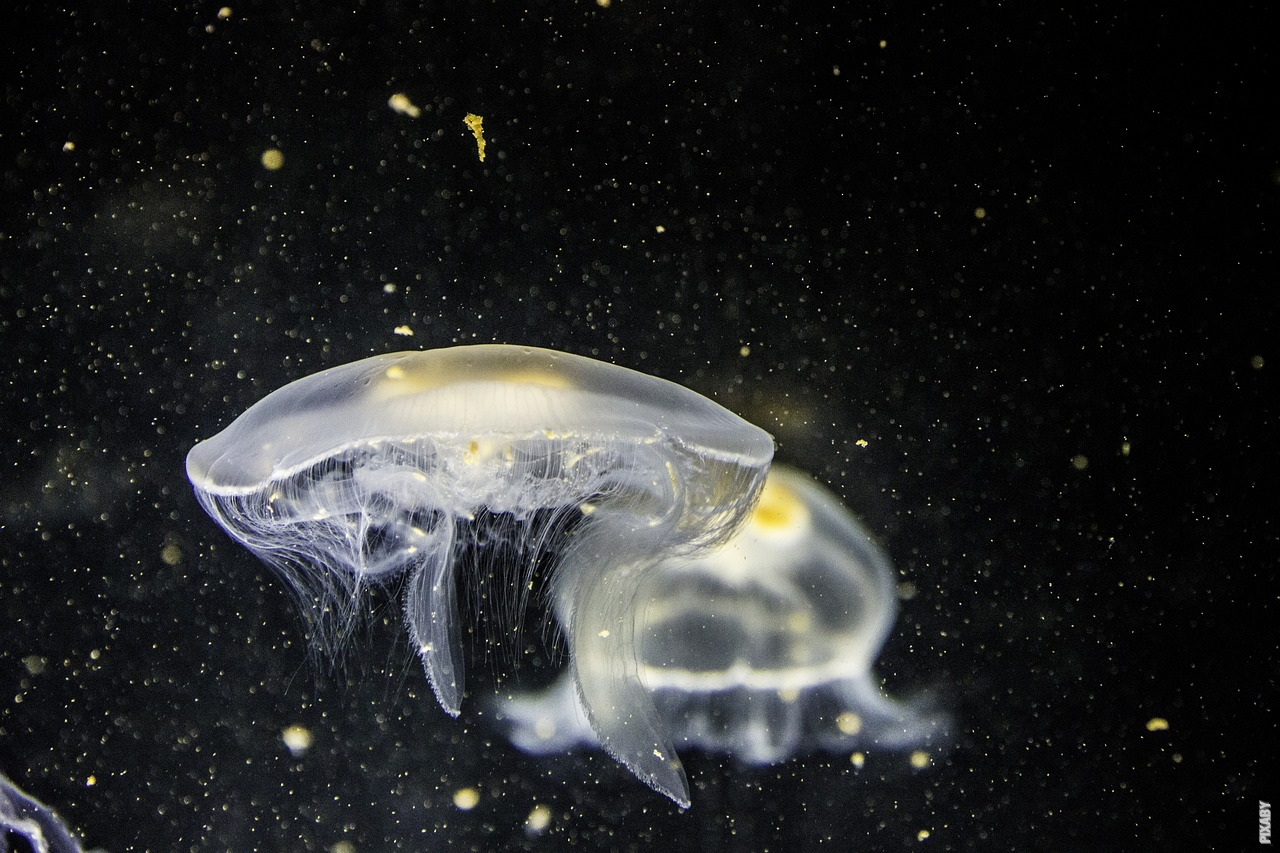The Miraculous Gills of Fish
Have you ever wondered how fish are able to breathe underwater? It’s a fascinating mechanism that allows these aquatic creatures to extract oxygen from the water and survive in their watery environment.
When we think of fish, we often envision their gills, those delicate structures located on either side of their bodies. Gills are the key to their underwater respiration, providing the necessary oxygen for their survival.
The Marvels of Gills
Gills are highly specialized organs that enable fish to extract oxygen from water. They are made up of thin filaments packed together in a structure resembling a comb. These filaments contain countless tiny blood vessels called capillaries, which are responsible for oxygen exchange.
As water passes over the gills, oxygen molecules diffuse across the thin walls of the gill filaments and into the bloodstream. At the same time, carbon dioxide, a waste product, diffuses from the blood into the water. This efficient exchange of gases allows fish to constantly replenish their oxygen supply and remove harmful carbon dioxide.
The Breathing Process
So, how exactly do fish breathe using their gills? The process begins when fish open their mouths, allowing water to enter. As water flows over the gills, the oxygen dissolved in it is extracted, while carbon dioxide is released.
However, fish don’t simply rely on their mouths for water intake. They also have a specialized flap called the operculum that covers their gills, creating a continuous flow of water. The operculum moves rhythmically, ensuring a constant supply of oxygen-rich water over the gills.
Adaptations for Different Environments
It’s important to note that different species of fish have evolved various adaptations to maximize their breathing efficiency. Some fish, such as bettas and gouramis, possess a labyrinth organ in addition to their gills. This organ allows them to extract oxygen from the air above the water’s surface, enabling them to survive in oxygen-depleted environments.
In contrast, other fish, like lungfish and mudskippers, have developed lungs in addition to their gills. These extraordinary creatures can breathe air when their aquatic habitats dry up, allowing them to survive in environments that would be inhospitable to most other fish.
The Fascinating World of Fish Respiration
The ability of fish to extract oxygen from water is indeed a marvel of nature. Their gills, along with other specialized adaptations, have allowed them to inhabit and thrive in a wide range of aquatic environments.
Next time you observe fish gracefully swimming through the water, take a moment to appreciate the incredible respiratory system that enables their survival. It’s a reminder of the wonders that lie beneath the surface of our planet’s vast oceans and rivers.
Post



